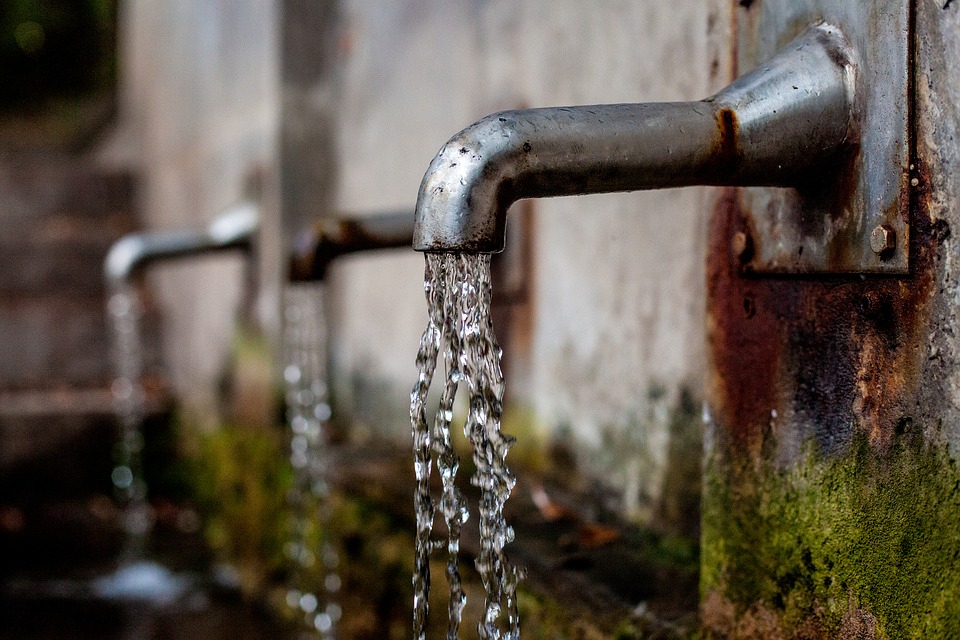Each week, we are emailed with questions from our natural dye community asking simple and complex questions that we thought might be worth sharing. Here are a handful from this week answered by natural dyer in chief, Kathy Hattori, Founder of Botanical Colors:
I’ve always used my tap water to dye but have just started using rain barrels to collect water I will use for dyeing-can you tell me what differences you have found in using different types of water?
Water is a significant factor in natural dye results. Water that is highly mineralized with calcium, magnesium and/or iron will create a different color palette than areas that have soft, demineralized water. Highly mineralized water (with calcium and magnesium) is called hard water, and water with less mineralization is classified as soft water. Rain water is considered soft water, but it can also be somewhat acidic.
One way to determine if you have hard water is to see if you have soap scum rings around water faucets or your bathtub, which is an indication of the calcium in your water reacting with soap. You can also get the water quality analysis from your local municipal water supply to understand if your water is hard, soft, or somewhere in between. I made a simple table of some differences in the type of water and its effect on natural dyes. The most significant effect is that hard water inhibits cochineal, which is why many indigenous dyers add lemon or an acidic plant to their cochineal baths. The slight acidity helps counteract the minerals that mute the dye. Soft water can slightly inhibit logwood, so if your logwood baths are turning out brown, orange or a dark gray-purple, try adding a small amount of calcium carbonate to boost the color. I’ve added a third column, which is iron, as some dyers have iron-rich water, and it is influential in color outcomes.
My advice to quote the late, great Luisa Gelenter of LaLana Wools in Taos New Mexico, is to “love your water.” Once you learn to work within the parameters of your local water source, you can achieve beautiful colors with simple modifications. Try your own experiments and record your results so you have an idea how to coax the most color out of your dyes and fibers from your local water source.
Water Hardness and Softness and how it affects dyes
|
Dye |
Hard Water | Soft Water |
Iron Water |
|
Weld |
Brilliant Yellow | Lighter Yellow, should add calcium carbonate (chalk) | Chartreuse or greenish tinged yellow |
|
Madder |
Rich Red | Orangish-Red, should add calcium carbonate for deep red | Purplish Red |
|
Pomegranate |
Deep Gold |
Gold |
Green-Gold |
|
Cochineal |
Muted Purple-Pink |
Brilliant Purple-Pink |
Purple |
| Logwood | Deep Purple | Brownish Purple |
Blackened Purple |
I have heard that synthetics don’t dye well with natural dyes (if at all) but I recently dyed a vintage (synthetic) slip and it took some color. Can you tell me why this might be?
Prior to 1930, most lingerie and undergarments were made of linen, cotton and silk as nylon was invented in the 1930’s. Natural dyes do have some affinity with nylon, which is the material of much vintage lingerie. So even though nylon is a synthetic polyamide, apparently the molecular structure of nylon allows for it to attract natural dyes. I’ve found that when dyeing fibers wrapped in nylon net, the nylon net takes the dye, so your observation is correct. I did scan a scientific article on naturally dyeing polyester, nylon and acrylic, but the methods and mordants were not something to be done at home unless you have a spare plasma sputtering system hanging out next to your toaster oven! Still, your question is an important one, as polyester and synthetic fibers are over 50% of the fibers used in clothing today, and if there is a way to dye them with naturals, it would open up a huge number of fiber sources that we avoid. I hope future research uncovers safe methods to continue to use and recycle synthetic fibers, including renewing them with natural dyes. Thanks for such an interesting question!

